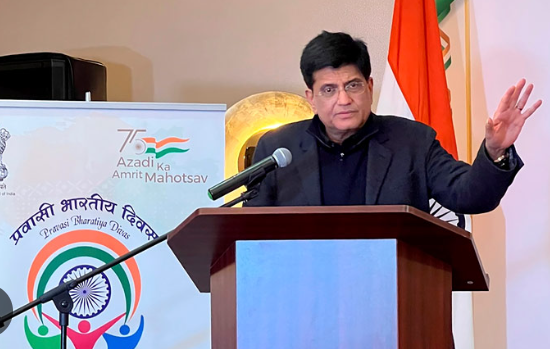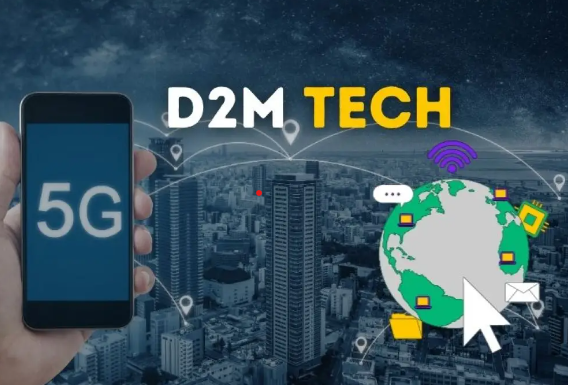
D2M Unveils Ambitious Plan for Offline Video Streaming in 19 Cities
D2M technology in 19 cities across India
In a groundbreaking announcement, Information and Broadcasting Secretary Apurva Chandra unveiled plans for trials of the innovative Direct-to-Mobile (D2M) technology in 19 cities across India. This indigenous technology holds the promise of enabling mobile users to stream videos without relying on an internet connection or a SIM card, potentially revolutionizing the way content is delivered to millions of smartphones.
Chandra, addressing a Broadcasting Summit, emphasized the significance of the upcoming trials and advocated for the reservation of the 470-582 MHz spectrum for the D2M technology. The move comes as a response to the surging demand for video content, which has led to network congestion and buffering issues on mobile devices.
Highlighting the prevalence of smartphones in the country, Chandra noted that there are over 80 crore smartphones in India, with 69 percent of user-accessed content being in video format. The increasing reliance on video content has strained mobile networks, causing disruptions in content delivery.
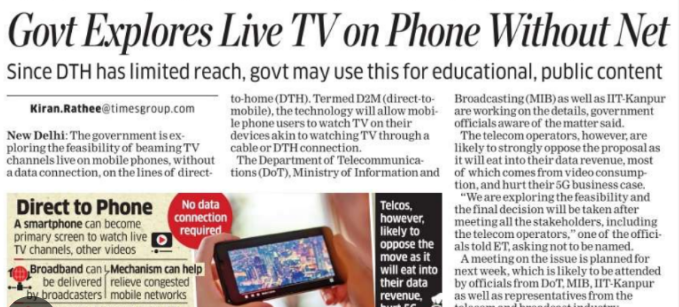
Chandra proposed a transformative solution, suggesting that redirecting 25-30% of video traffic to the D2M platform could alleviate congestion on 5G networks, fostering a faster digital evolution and democratizing content delivery. He underscored the potential of D2M technology to reach nearly 8-9 crore “TV Dark” homes, a term referring to households without television sets. In a country with 280 million households, only 190 million currently have television sets.
The D2M technology, developed collaboratively by Saankhya Labs and IIT Kanpur, utilizes existing land-based communication systems and specific frequencies designated for public broadcasters. This innovative approach enables the transmission of video, audio, and data signals directly to mobile phones and smart devices capable of handling them. With the potential to reach over a billion mobile devices, the D2M technology promises transformative benefits, including cost reductions in data transmission and access, improvements in network efficiency, and the potential establishment of a nationwide emergency alert system.
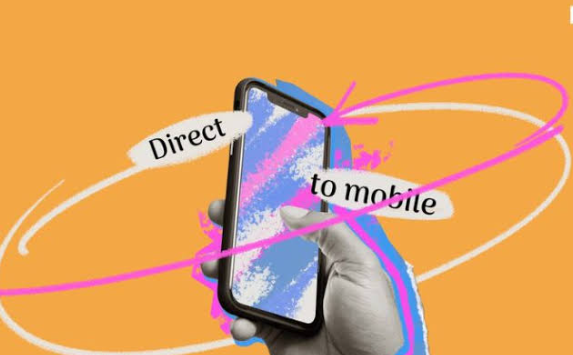
Pilot projects for testing the D2M technology were conducted last year in Bengaluru, Kartavya Path, and Noida, laying the groundwork for the forthcoming trials in the 19 selected cities. The technology’s successful adoption could herald a new era in communication, offering not only enhanced accessibility to video content but also paving the way for more efficient and resilient network infrastructures. As India takes bold steps toward embracing cutting-edge technologies, the D2M trials hold the promise of reshaping the landscape of digital connectivity and content delivery for millions of mobile users across the country.
The significance of the D2M technology extends beyond its potential impact on video streaming. As a collaborative effort between Saankhya Labs and IIT Kanpur, its development signals a homegrown technological leap, showcasing India’s prowess in innovation and research. The trials in 19 cities mark a crucial phase in validating the practicality and scalability of the D2M system, setting the stage for its potential integration into the mainstream digital landscape.
Apurva Chandra’s strong advocacy for reserving a specific spectrum for D2M underscores the strategic vision behind this initiative. The proposed spectrum allocation not only reflects a commitment to nurturing indigenous technologies but also demonstrates a forward-looking approach to addressing the evolving needs of a digitally connected society.
The trials also present an opportunity to gather valuable data on user experiences, network performance, and the technology’s adaptability across diverse geographical and demographic settings. Insights gained from these trials could inform refinements to the D2M technology, ensuring its seamless integration into the existing communication infrastructure.
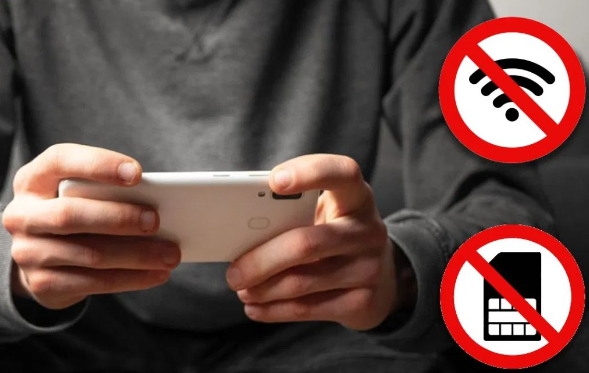
Beyond its potential to alleviate network congestion and enhance video content delivery, the D2M technology holds transformative potential for emergency communication. The establishment of a nationwide emergency alert system could prove instrumental in disseminating timely information during critical situations, contributing to public safety and disaster management.
Furthermore, the adoption of D2M technology could have far-reaching economic implications. The cost reductions in data transmission and access could result in more affordable connectivity options for users, potentially bridging digital divides and expanding access to online resources and services.
As the trials unfold, industry stakeholders, policymakers, and the public alike will closely monitor the outcomes. The success of the D2M technology could position India as a global innovator in communication technologies, opening up opportunities for collaboration, knowledge exchange, and export of cutting-edge solutions.
In conclusion, the trials of the Direct-to-Mobile technology in 19 cities represent a pivotal moment in India’s technological journey. Beyond the immediate benefits of improved video streaming, this initiative reflects a broader commitment to technological innovation, digital inclusivity, and national resilience. As the trials progress, the nation eagerly anticipates the potential transformation of its digital landscape, driven by the power of indigenous technology and a vision for a connected, empowered future.
For the latest updates-click here.

